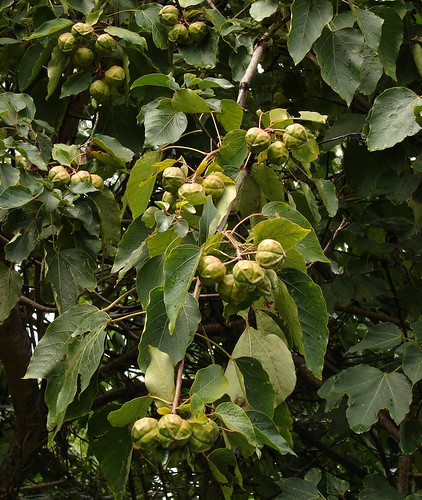When it comes to preserving and enhancing the beauty of wood, two oils often come into the conversation: teak oil and tung oil. Both have their unique properties, applications, and benefits. Choosing the right wood finishing oil can significantly impact the appearance and durability of your woodworking project. Let's delve into the specifics of both oils to help you make an informed decision.

Teak oil is not a pure oil but rather a blend derived from linseed oil or tung oil mixed with resins and varnishes. It is particularly favored for its ease of application and maintenance, making it ideal for outdoor furniture. Teak oil enhances the wood grain and provides protection against moisture and UV rays, but it requires periodic reapplication to maintain its effectiveness. For more detailed insights on different wood finishes, refer to types of wood finishings.

Its faster drying time and the ability to highlight wood grain make it a popular choice for these applications. Further guidance on achieving a professional finish can be found in our tung oil on walnut article.

Tung oil is a natural oil derived from the seeds of the tung tree. Known for its deep penetration into wood fibers, tung oil forms a water-resistant barrier and enhances the wood’s natural beauty. It cures through oxidation, resulting in a hard, durable finish that doesn't chip or peel. Additionally, it is eco-friendly and non-toxic, making it safe for food-contact surfaces. For more on preparing and treating wood furniture, see our step-by-step guide.

Historically used in China for wood protection and waterproofing, tung oil remains a popular choice for those seeking an environmentally friendly finish. For more information on its benefits and uses, consider the Wikipedia entry on tung oil.

| Feature | Teak Oil | Tung Oil |
|---|---|---|
| Composition | Blend of linseed/tung oil with additives | 100% natural oil from tung tree seeds |
| Drying Time | 8-10 hours | 24-72 hours |
| Application Ease | Easy, requires periodic reapplication | More time-consuming, but longer-lasting |
| Water Resistance | Good | Excellent |
| Toxicity | May contain harmful additives | Non-toxic once cured |
The choice between teak oil and tung oil largely depends on your specific needs. If you require a quick-drying oil for outdoor furniture that is easy to apply and recoat, teak oil may be your best bet. On the other hand, if you prioritize a durable, water-resistant finish that enhances the natural beauty of the wood and is safe for food-contact surfaces, tung oil is an excellent choice. Additional tips on wood finishing can be found in this wood finishing tips document.
Ultimately, understanding the distinct advantages of each oil can help you select the best product to achieve the desired finish for your woodworking project. For creating a distinctive home interior, you can also explore natural wood finishes.

Immerse yourself in architecture’s most boundary-pushing ideas—where innovative home improvements meet visionary urban developments. Discover new building techniques, materials, and creative concepts that are redefining how we shape our spaces on a global scale.